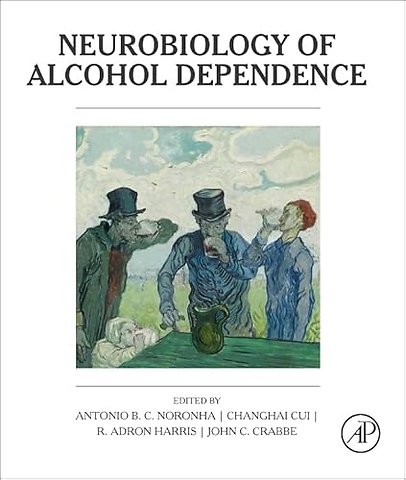<p>Section I: Neurocircuitry of Alcohol Dependence <br>1. Frameworks of alcohol addiction: Alcohol addiction as a reward deficit and stress surfeit disorder<br>2. Basal ganglia networks and mechanisms of voluntary actions: implications for alcohol addiction and dependence<br>3. Prefrontal limbic striatal circuits and alcohol addiction in humans<br>4. Molecular adaptations in mesolimbic circuitry and pathological ethanol intake<br>5. The bed nucleus of the stria terminalis: A critical site of ethanol-induced alterations in neurotransmission<br>6. Stress and alcohol drinking behavior<br>7. Alcohol and developing neuronal circuits<br>8. Human imaging studies of brain circuitry disrupted by alcoholism<br><br>Section II: Neurosignaling and Neuroplasticity of Alcohol Dependence <br>9. From signaling pathways to behavior: The light and dark sides of alcohol<br>10. Glutamate signaling in alcohol abuse and dependence<br>11. Central amygdala neuroplasticity in alcohol dependence <br>12. Neural plasticity in the ventral tegmental area and alcohol dependence<br>13. Extrasynaptic GABA receptors and alcohol <br>14. Cannabinoids and the neural actions of alcohol<br>15. Impact of alcohol abuse and dependence on the structure and function of the prefrontal cortex<br>16. Molecular mechanisms underlying the development of functional and behavioral tolerance to alcohol<br><br>Section III: Gene and Behavior<br>17. Alcohol and the brain: An epigenetic viewpoint<br>18. The genetic complexity of alcohol drinking in rodents<br>19. Alcohol dependence, withdrawal, and relapse<br>20. Insights from non human primates on risks for drinking to dependence<br>21. The potential role of glucocorticoids and the HPA axis in alcohol dependence<br>22. Anxiety and alcohol use disorders: A perspective from molecular and epigenetic studies<br>23. The genetics of alcohol responses of invertebrate model systems<br>24. MicroRNAs in alcohol abuse and toxicity<br>25. Gene and behavior<br>26. Complex genetics of alcoholism </p>
